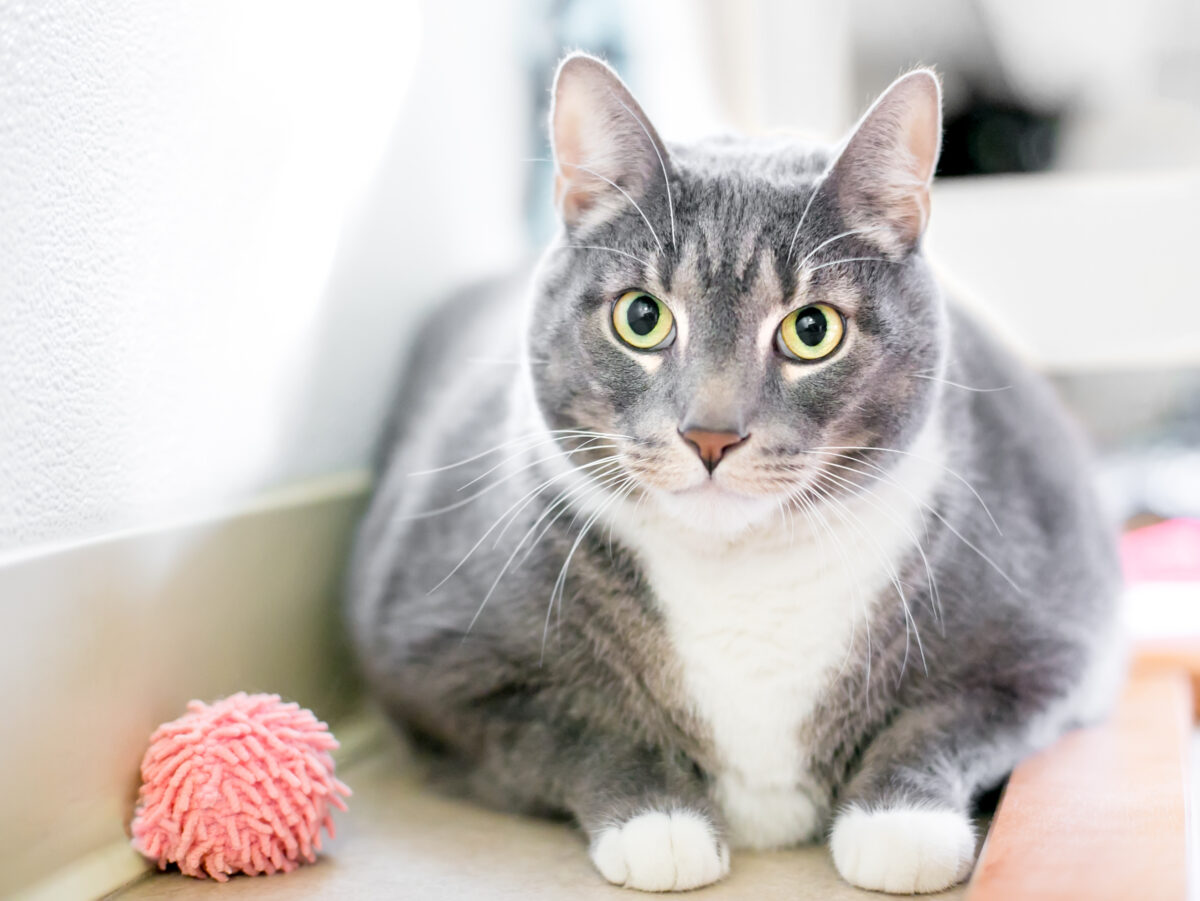- July 8, 2022
- No Comment
- 4 minutes read
Limit Pet's Weight Gain After Sterilization Surgery – The Epoch Times

Q: I have had cats and dogs for years, and all of them have been spayed or neutered. I’ve noticed that they — and my friends’ sterilized pets — are almost all overweight, whereas friends’ dogs that are not sterilized usually remain slim. Is it true that spayed and neutered pets are heavier than sterilized pets? If so, why?
A: Your observation is accurate, although it doesn’t need to be this way. In the U.S., 60% of cats and 56% of dogs are overweight or obese.
Unfortunately, these conditions predispose pets to disease, diminish quality of life and shorten life span.
Weight increases soon after spay-neuter surgery. Within six months, 21% of cats are overweight, and by two years, so are 52% of dogs.
The usual method of spaying a female cat or dog is to remove her ovaries and uterus. Similarly, male cats and dogs are neutered by removing the testicles.
Ovaries and testicles secrete reproductive hormones that play a big role in three aspects of pets’ physiology: metabolism, appetite and activity.
After spay-neuter surgery, metabolic rate decreases. Cats require 24% fewer calories to maintain their body weight, and a dog’s caloric requirement decreases 30% after sterilization surgery.
Sex hormones keep appetite in check, and after sterilization surgery, appetite increases. In addition, activity decreases 60% after spay-neuter surgery in cats.
Regular readers know that overweight and obese cats and dogs are at increased risk for many diseases. Families with overweight pets also spend more money than necessary for food, therapeutic medications and flea, tick and heartworm preventives, because drug doses are based on weight.
Consult your veterinarian about your pets’ weight. Remember the effects of sterilization on metabolic rate, appetite and activity, and consider a high-protein, high-fiber diet. Protein builds muscle, which burns more calories than fat. Both protein and fiber promote satiety, and fiber decreases the caloric density of the diet.
Q: My healthy 15-year-old cat, Chloe, recently decided she will eat only dry food. I don’t know why she no longer likes any of the canned cat foods I offer her. Does she really need canned food?
A: I wouldn’t argue with her. At her advanced age and with her good health, she should be able to decide what she eats. Still, it wouldn’t hurt to ask your veterinarian to examine her and do some lab work to be sure no underlying problem has affected her food preferences.
Dry food offers several advantages, particularly if Chloe eats a dental diet, which minimizes plaque, tartar and gingivitis. Preventing gum infection helps protect the kidneys, liver and heart from bacteria migrating from infected gums to these organs. For a list of dental diets approved by the Veterinary Oral Health Council, visit http://vohc.org/.
On the other hand, canned food is 75% water, and adequate fluid intake is important for preventing dehydration and maintaining the health of the entire body. Eating canned food also makes it easier for cats to maintain a healthy weight since it contains fewer calories per ounce than dry food.
In general, though, most veterinarians recommend that healthy cats eat a combination of dry and canned foods to gain the advantages of both.
Moreover, a cat that eats both dry and canned foods will more likely accept a therapeutic diet change if one is needed later in life. For example, if Chloe develops kidney or bladder disease, she will require additional water and therefore do better with canned food.

